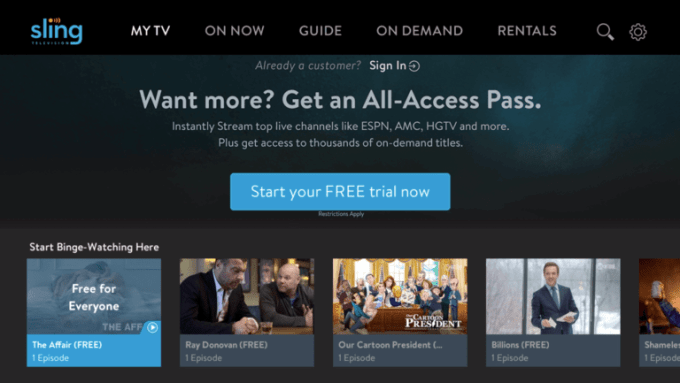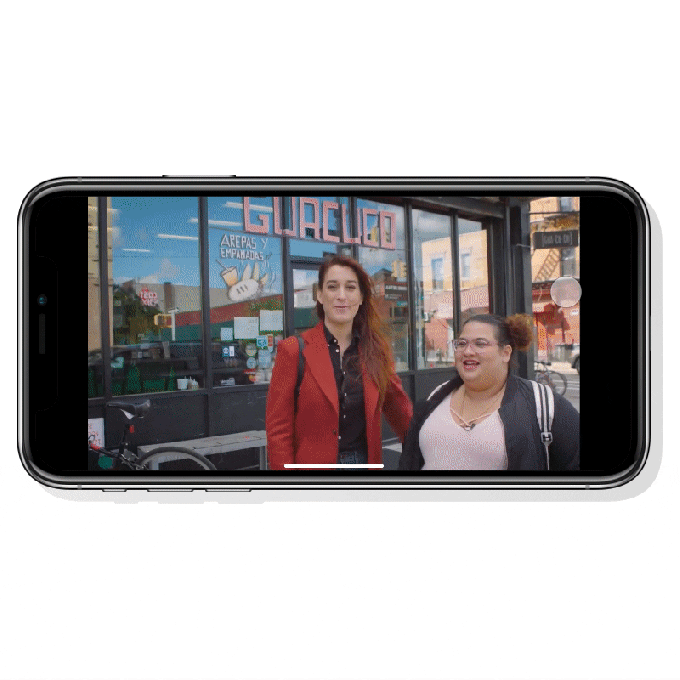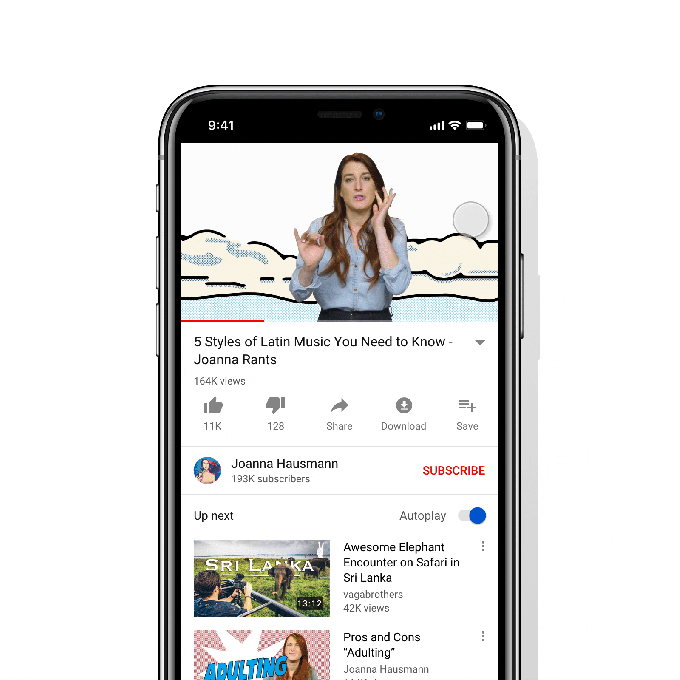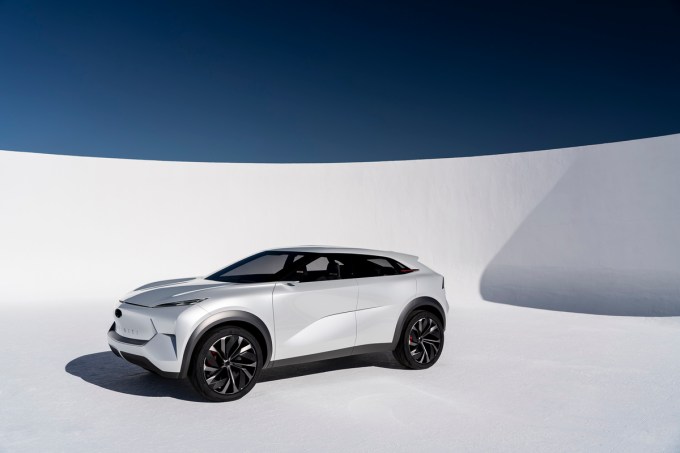Companies impatient to make drone deliveries a viable reality should have a win to celebrate soon. On Monday, Secretary of Transportation Elaine Chao announced in a “sneak preview” that her department would move forward with plans to remove waiver requirements for two key drone operation circumstances: flying after dark and flying over populated areas.
“First, at long last, the Department is ready to issue for comment a proposed new rule that would allow drones to fly overnight and over people without waivers, if certain conditions are met,” Chao said.
Those conditions include the stipulation that the drone operator has received special night flying testing and training and that the drone be outfitted with lighting designed to prevent collisions visible for “at least 3 statute miles.”
According to the FAA report that accompanied the remarks (embedded below), requests to operate at night are “by far” the FAA’s most common waiver request. The agency notes that “to date, the FAA has not received any reports of small UAS accidents operating under a night waiver.”
The second major change would allow drones to fly over people without a waiver if certain conditions are met. Those conditions are designed to minimize risk to anyone on the ground, including restrictions limiting device weight to .55 pounds. Drones over .55 pounds would be similarly allowed to operate over people if they meet a set of requirements to prevent serious injury, including the absence of “exposed rotating parts that could lacerate human skin.” This requirement is mostly open to interpretation — rather than stipulating specific build necessities, the FAA would allow drone makers to get creative so that a collision would be less severe than a particular injury threshold.
“The possibilities for designing an unmanned aircraft to meet this standard are too vast to create an exhaustive list,” the FAA report states. “By providing flexibility through performance-based requirements, the FAA enables the ingenuity of the industry to come up with ideas not yet even considered.”
The proposal will soon be published in the federal register where it will enter a 60 day open comment period. The full draft document is embedded below.







